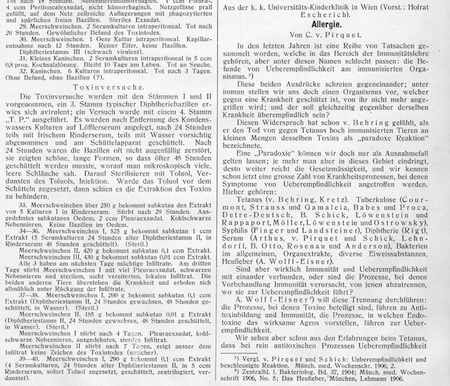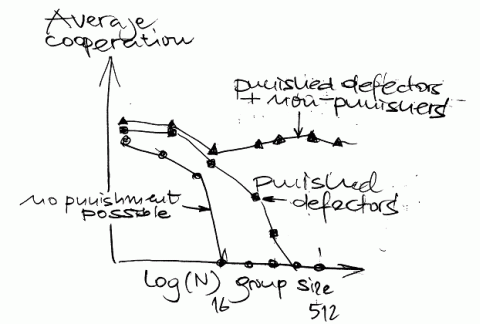Donald Kennedy is writing in this week’ Science editorial about Responding to Fraud. The editorial is even more about prevention of fraud: The external reviewers ask for future risk assessment of potential fraud. Science will think in the future
… which papers deserve particularly careful editorial scrutiny. Papers that are of substantial public interest, present results that are unexpected and/or counterintuitive, or touch on areas of high political controversy may fall into this category…
I appreciate such an initiative and I agree that science is based on an assumption of trust – no procedure will be immune to deliberate fraud. However, looking both at people and at papers could be worthwile. I would give extra score points for
- too ambitious institutional environments
- large and anonymous organizations
- poor social and scientific interaction at a local level
- limited scientific qualification or background of researchers or department heads
- time pressure, too many projects, no longterm goals
- direct financial compensation in return of scientific impact
- past history of minor misconduct
Looking at papers will also reveal inconsistencies
- contradictory numbers
- suspicious modifications of figures
- original data not public available
- original documentation not public available
- constructs, cell lines, animals not public available
- inadequate point by point response to review
- insufficient documentation of IRB and authorship
Another option is to pay reviewers – the review process is becoming more and more time consuming – and even to plan on-site evaluation. An option probably not feasible is to delay publication until the main findings are independently reproduced.
Finally, I see a large gap between the attempts of Science and Nature to improve their performance while some average impact journals never respond if you ask them to correct or withdraw a highly distorted paper. Yea, yea.
Addendum
Guide to promoting integrity in scientific journals published by the Council of Science Editors


